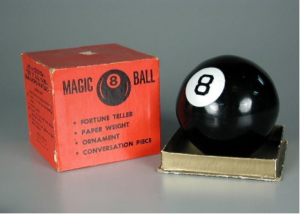What Was The New York Times Thinking?

Sam Bankman-Fried – who was arrested yesterday in the Bahamas after the US filed criminal charges against him – cheated more than one million investors out of billions of dollars. Most of it vanished into thin air.
You would think that he would have been pilloried by the mainstream press. You would think that financial celebrities like Janet Yellen and Mark Zuckerberg would have refused to be on the same program with him. You would think that The New York Times would have been investigating. Instead, they were treating him like a wunderkind that was a little too sloppy and a lot too zealous. And everyone seemed to be on board with it.
As my friend JS said, “Why are they trying to make him look sympathetic?”
Could it be that he comes from a respectable family that is very connected with the liberal establishment? Could it be that he used as much as a billion of his customers’ dollars to contribute to Democratic candidates last year?
This is an amazing story. It’s a huge and deliberate financial scandal. It may be the biggest theft from private investors in the history of the world. I mean, it is much, much bigger than Madoff. And it is in no way a story of naïveté or innocence or excessive ambition, as SBF’s publicists are trying to portray it. It was a purposeful and shameless swindle that he was getting away with because his businesses were registered offshore. If it had been done in the United States (or most of Europe), he would have been behind bars long before now, looking at spending the rest of his life there.
I’m writing about this today simply because I’m astonished by the fact that so many of my friends have a neutral to positive view of this crook. In future issues, when I’m done with the COVID series, I’ll lay out the details.
Stay tuned.
 MarkFord
MarkFord

